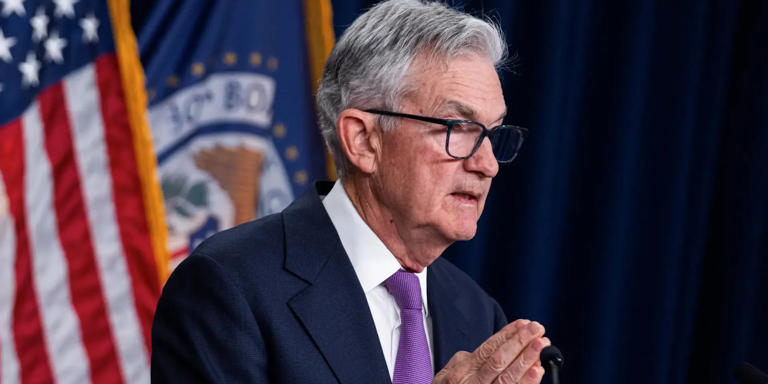In May 2024, the United States experienced a remarkable surge in job creation, adding a staggering 272,000 jobs, a figure that exceeded all expectations by a wide margin. This unexpected boost in employment figures significantly altered the economic landscape, particularly in terms of monetary policy set by the Federal Reserve. Prior to the release of this data, there had been speculation among analysts about the possibility of an interest-rate cut by the Fed in July. However, the robust performance of the labor market in May swiftly quashed any lingering hopes of such a move.
Seema Shah, the chief global strategist at Principal Asset, emphasized the profound implications of the May jobs report, asserting that it effectively eliminated the possibility of a July rate cut. While there had been discussions about the likelihood of a rate cut later in the year, Shah suggested that even those expectations might need to be revised if subsequent job reports continue to reflect the same level of strength seen in May.
Ian Shepherdson, the founder and chief economist of Pantheon Macroeconomics, echoed this sentiment by highlighting signs of a potential economic slowdown on the horizon. Shepherdson pointed to various indicators, including soft retail sales and hiring data, as well as rising layoff numbers, suggesting a notable deceleration in economic growth and labor market activity. His analysis suggested that if these trends persist, the Fed may need to adopt a more aggressive approach, potentially implementing as many as five rate cuts in 2024.
The market’s reaction to the robust jobs report was swift and pronounced. Stocks declined sharply amid diminished expectations of a rate cut, while Treasury yields saw a notable increase, reflecting the market’s sentiment. Some experts, like Jeff Schulze of ClearBridge Investments, have taken the possibility of a September rate cut entirely out of consideration, citing the lack of concern regarding full employment.
Chris Zaccarelli, the chief investment officer for Independent Advisor Alliance, underscored the broader implications of the report, particularly concerning inflationary pressures. He suggested that persistent wage pressure and sticky inflation may warrant the Fed to remain on hold until after the election, with the possibility of no rate cuts for the entire year.
In summary, the May jobs report reshaped expectations for Fed policy, signaling a potential shift away from rate cuts and prompting a reassessment of economic forecasts for the remainder of the year. The unexpected strength of the labor market in May has highlighted the resilience of the US economy but has also raised questions about the trajectory of monetary policy in the months ahead.
